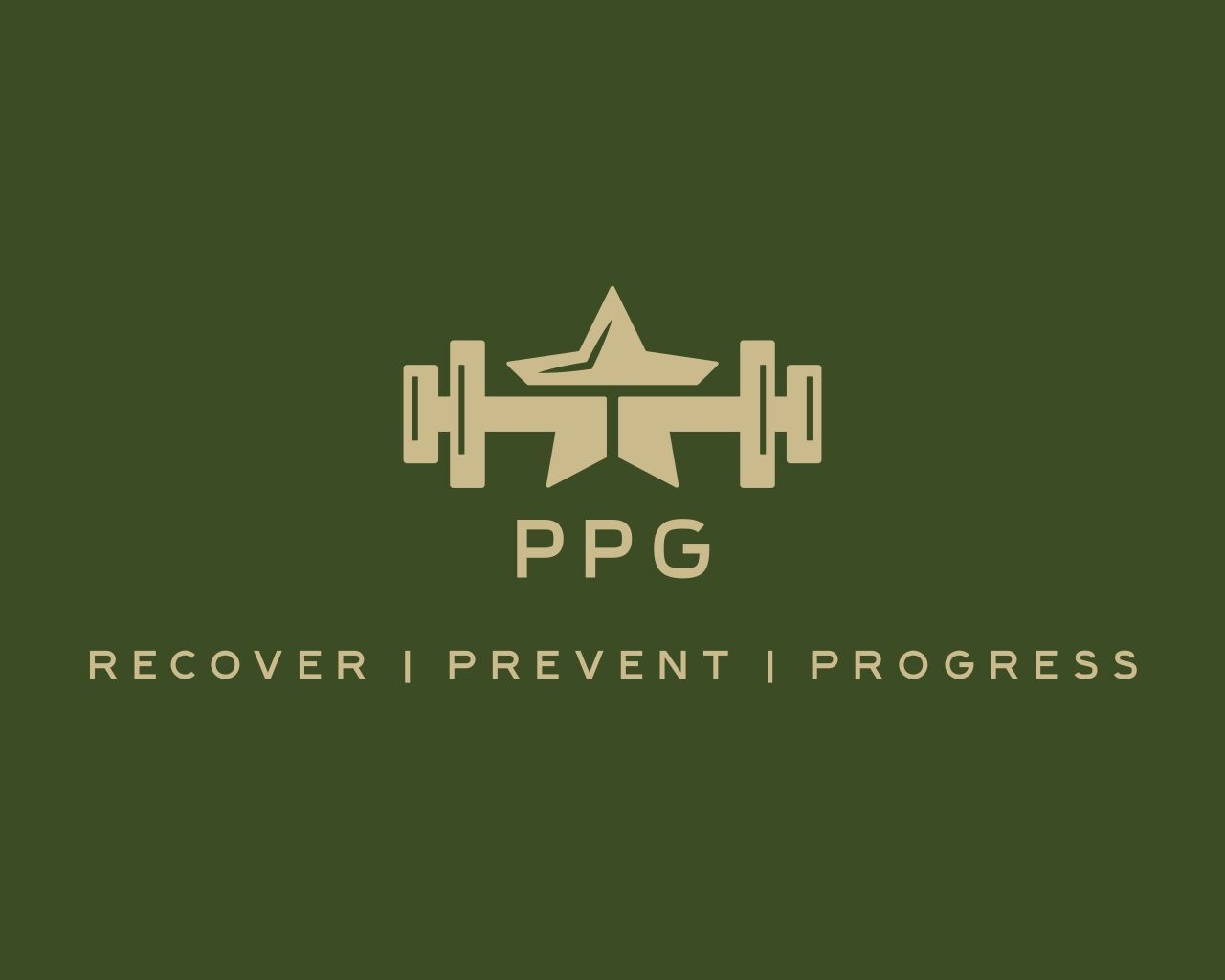How Tracking Progress and Medical Assessment Illuminate the Path to Prevention
How Tracking Progress and Medical Assessment Illuminate the Path to Prevention
In the realm of physical activity, whether it's the rigorous training of an elite athlete or the dedicated routine of a weekend warrior, the specter of injury looms. While various factors contribute to the likelihood of setbacks – training intensity, environmental conditions, even sheer bad luck – a powerful predictor often lies within an individual's own history: past injuries. By diligently tracking progress and incorporating thorough medical assessments, we can decode the echoes of previous ailments and illuminate a safer path forward.
Think of the body as a complex and intricate machine. Each injury leaves its mark, a subtle alteration in mechanics, a slight weakening of tissue, or a learned pattern of compensation. Without careful attention, these residual effects can act as silent tripwires, increasing vulnerability to future incidents. This is where the synergy between progress tracking and medical assessment becomes invaluable.
Progress Tracking: A Detailed Roadmap of Recovery and Adaptation
Simply pushing harder or logging more hours isn't always the key to improvement. Sustainable progress hinges on understanding how the body responds to training and recovery. Detailed progress tracking provides a granular view of this journey. This includes:
Quantifiable Metrics: Recording sets, reps, weight lifted, distances covered, and training duration offers objective data points. Analyzing trends in these metrics can reveal plateaus, signs of overtraining, or improvements in performance.
Subjective Feedback: Equally important is logging subjective experiences. How does the body feel? Are there any aches, stiffness, or unusual sensations? Rating pain levels, fatigue, and overall well-being provides crucial context to the objective data.
Tracking Specific Movements: For individuals recovering from injury, meticulously documenting the progression of specific movements – range of motion, strength in affected areas, pain response – is paramount. This allows for a nuanced understanding of healing and adaptation.
By consistently monitoring these aspects, individuals and their coaches or therapists can identify potential red flags early. A sudden dip in performance, a persistent niggle, or a failure to progress in a specific movement can signal underlying issues that, if ignored, could escalate into a more significant injury.
Medical Assessment: Uncovering the Hidden Landscape of Vulnerability
While progress tracking offers valuable insights into an individual's response to training, comprehensive medical assessments provide a deeper understanding of their underlying physical state. This goes beyond simply diagnosing current injuries and delves into identifying pre-existing conditions, biomechanical imbalances, and residual effects of past trauma.
Thorough Physical Examinations: A skilled healthcare professional can assess posture, gait, range of motion, strength, and stability, identifying subtle asymmetries or limitations that might predispose an individual to injury.
Review of Injury History: A detailed account of past injuries, including the nature of the injury, treatment received, and time taken to recover, provides crucial context. Understanding how the body responded to previous trauma can inform future training and rehabilitation strategies.
Functional Testing: Specific tests designed to assess functional movement patterns, such as balance, coordination, and agility, can reveal underlying weaknesses or compensatory mechanisms developed as a result of past injuries.
Imaging and Diagnostic Tools: In some cases, imaging techniques like X-rays, MRIs, or ultrasounds may be necessary to visualize the structural integrity of tissues and identify any lingering damage from previous injuries.
The information gleaned from a comprehensive medical assessment complements the data gathered through progress tracking. It provides a foundational understanding of an individual's physical landscape, highlighting areas of potential vulnerability that might not be apparent from training logs alone.
The Predictive Power of the Past: Illuminating the Future
The adage "the best predictor of future injuries is past injuries" holds significant weight. Previous injuries often leave behind a legacy of altered biomechanics, weakened tissues, and psychological apprehension. Without acknowledging and addressing these residual effects, individuals are at a higher risk of re-injury or developing new injuries as a result of compensatory movement patterns. By strategically combining meticulous progress tracking with regular and thorough medical assessments, we can:
Identify Early Warning Signs: Subtle changes in performance or recurring discomfort, when viewed in the context of past injuries, can serve as early indicators of potential problems.
Tailor Training and Rehabilitation: Understanding an individual's injury history and current physical status allows for the development of personalized training programs that address specific weaknesses and avoid aggravating previous injury sites. Rehabilitation protocols can be adjusted based on objective progress and ongoing medical evaluations.
Implement Preventative Strategies: By recognizing patterns of injury and identifying underlying risk factors, targeted preventative measures can be implemented, such as specific strengthening exercises, mobility work, or modifications to training techniques.
Foster a Culture of Proactive Care: Emphasizing the importance of both self-monitoring and professional evaluation empowers individuals to take an active role in their injury prevention journey.
In conclusion, the path to sustained physical activity and injury prevention is paved with awareness and proactive measures. By embracing the power of diligent progress tracking and insightful medical assessments, we can learn from the echoes of past injuries, understand the current landscape of our bodies, and ultimately, illuminate a future where setbacks are minimized and potential is maximized. The best way to avoid future injuries isn't just about pushing forward; it's about looking back, understanding the lessons learned, and moving forward with informed caution and strategic planning.
Recover | Prevent | Progress
Prevent Pro Gear LLC.





